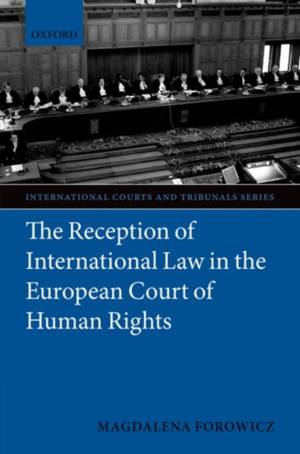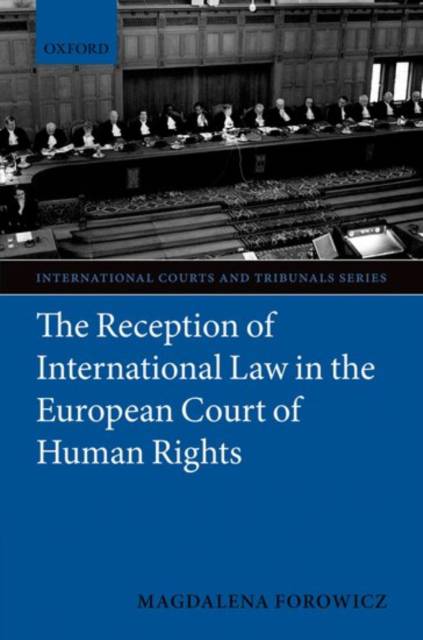
- Afhalen na 1 uur in een winkel met voorraad
- Gratis thuislevering in België vanaf € 30
- Ruim aanbod met 7 miljoen producten
- Afhalen na 1 uur in een winkel met voorraad
- Gratis thuislevering in België vanaf € 30
- Ruim aanbod met 7 miljoen producten
Zoeken
The Reception of International Law in the European Court of Human Rights
Magdalena M Forowicz
€ 187,45
+ 374 punten
Omschrijving
The growing number of international courts and tribunals and their bourgeoning case law have fuelled concerns about the fragmentation of international law. This arises as a consequence of both the specialized regimes these courts create and the multiple ways in which they may interpret international law emanating from other sources. This book considers this issue by examining the busiest and arguably most successful international court, the European Court of Human Rights. More specifically, it focuses on the jurisprudence of the Court and its predecessor, the European Commission of Human Rights, covering a range of special human rights regimes, treaty law, and the case law of the International Court of Justice. The author assesses whether the Court has been able to adopt a coherent, comprehensive approach to the interpretation and evaluation of international law and thus the extent to which it has been able to contribute to the development and coherence of international law.
Specificaties
Betrokkenen
- Auteur(s):
- Uitgeverij:
Inhoud
- Aantal bladzijden:
- 456
- Taal:
- Engels
- Reeks:
Eigenschappen
- Productcode (EAN):
- 9780199592678
- Verschijningsdatum:
- 5/11/2010
- Uitvoering:
- Hardcover
- Formaat:
- Genaaid
- Afmetingen:
- 236 mm x 160 mm
- Gewicht:
- 839 g

Alleen bij Standaard Boekhandel
+ 374 punten op je klantenkaart van Standaard Boekhandel
Beoordelingen
We publiceren alleen reviews die voldoen aan de voorwaarden voor reviews. Bekijk onze voorwaarden voor reviews.











